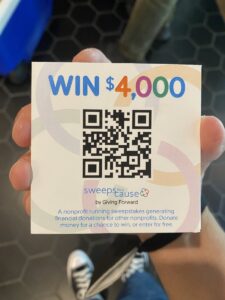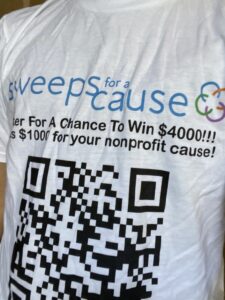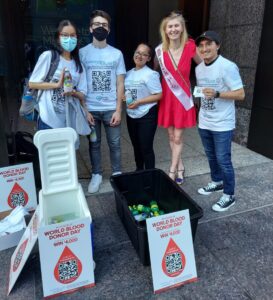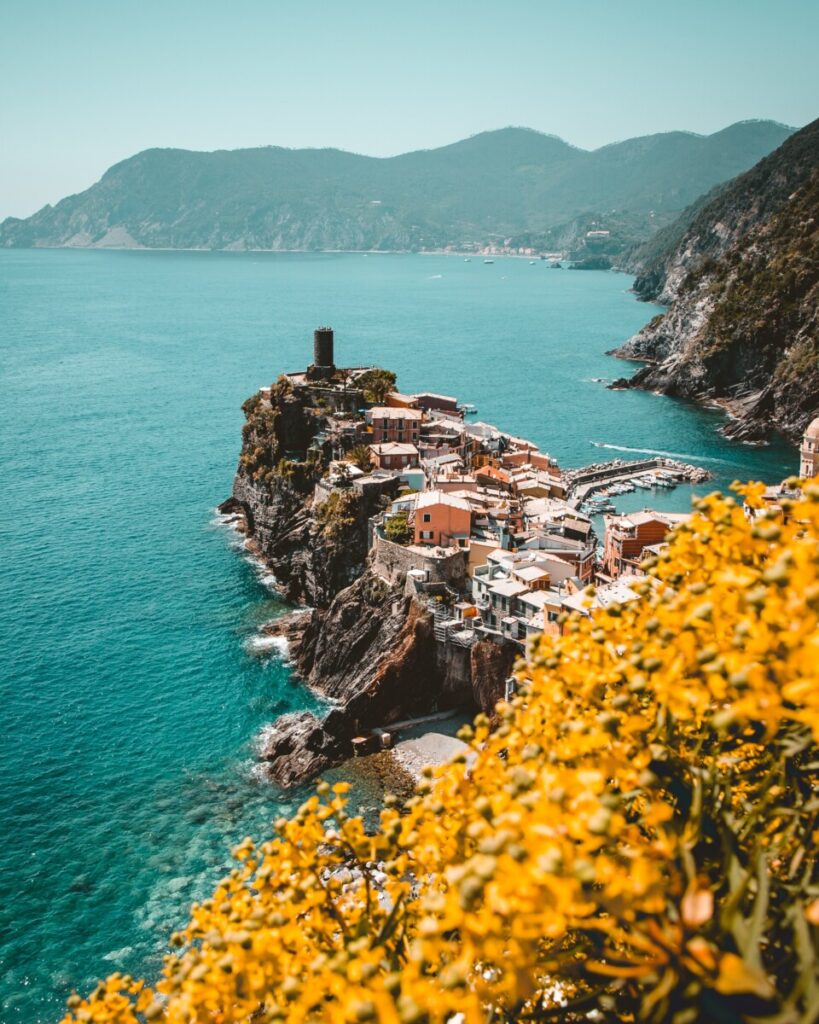COMD 4900 Internship
World Blood Donor Day and Sweeps for a Cause
For this week, we had to work to spread awareness of World Blood Donor Day on June 14th by collaborating with the NY Blood Center.
We had to spread the information on our social media and my supervisor wanted us to meet in midtown Manhattan and to hand out cards with the information for donating blood and entering into the sweepstakes. The week prior we were tasked with creating the content to spread on social media, and I decided to create an Instagram story that I planned on posting on my own social media account.
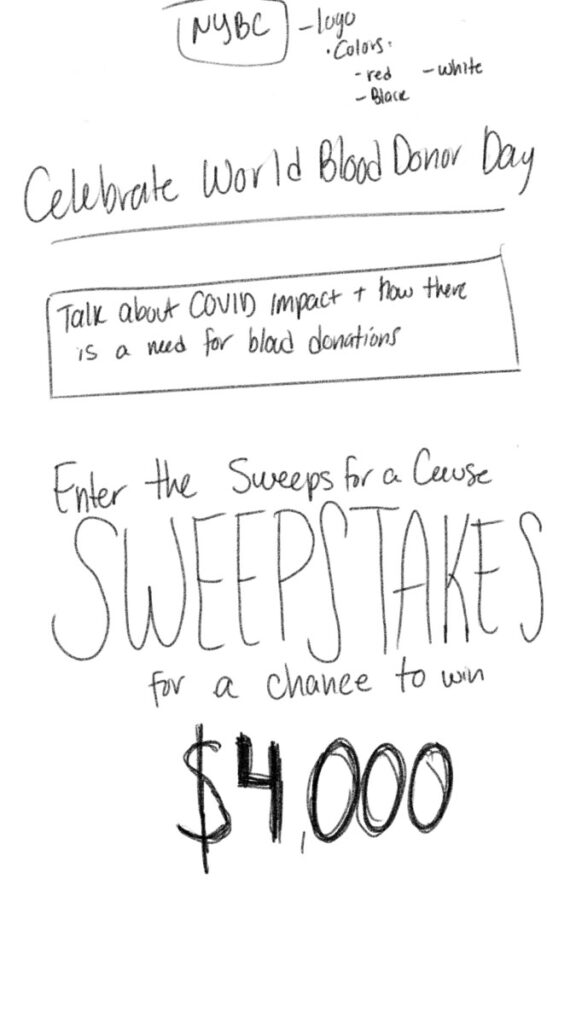
The information that was provided by the non-profit was used here to help promote awareness of the event, and in this sketch I wanted the words sweepstakes and the $4,000 prize to stand out in the design.
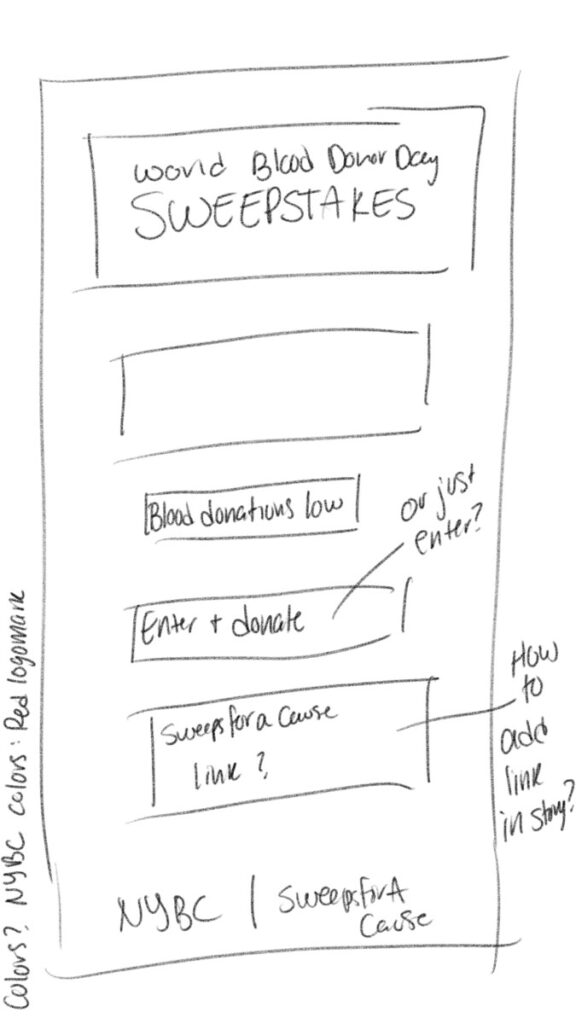
I also worked on a second version of the sketch with different placements for the information. In this version I changed the location of the NYBC logo and the nonprofit logo to the bottom part of the design in order to have the main information be prominent. I also left out a space with a place to add a link to the main page of the sweepstakes, but Instagram wouldn’t allow links to be posted in stories unless a person is verified. So instead I had to place a sticker that would let viewers know that the link to the page is in the profile bio.
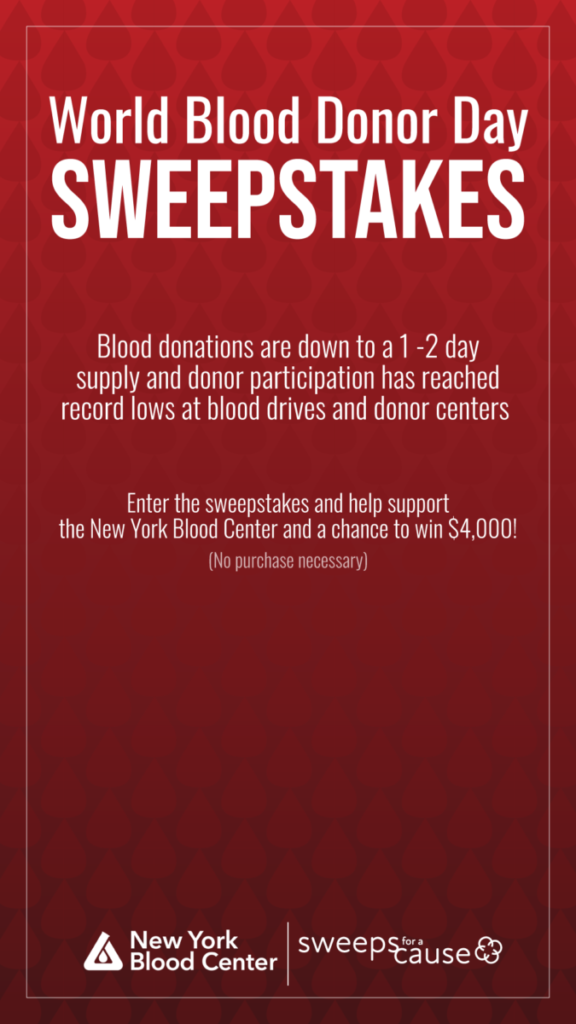
The final design had the logos of the NYBC and Sweeps for a Cause on the bottom as planned, with the World Blood Donor Day and sweepstakes on top to lead in. I added information about the scarcity of blood that is available as well as the grand prize for the sweepstakes. Once added to Instagram I planned on placing a sticker on the large open space near the bottom to direct people to my bio for the link, as I wasn’t able to place a link directly into the story itself.

The final design, complete with the sticker that would lead people to look for the link to the sweepstakes.
While the instagram design was done to promote the event online, my supervisor also wanted to have a group of volunteers go out and hand out free drinks to people walking along midtown Manhattan and hand out cards for the sweepstakes and for a blood drive for the NYBC. So I also volunteered to go out and help draw people in for the sweepstakes and to donate blood.
After spending about 2 hours handing out drinks and trying to catch peoples attention we managed to have a few people stop for interviews and helped others get access to the blood drive and the sweepstakes by using the QR codes on the cards we were handing out.
Working for this organization has been a great experience so far. I have to work on my projects and at the same time do some outreach to influencers and celebrities by sending them messages open social media and through email in order to have them join our sweepstakes and promote it so it can reach many others. My time has to be divided between design and PR, which is an experience that I am not used to. However the design work I am doing is similar to what I have done in school so far, but there are real world implications if I don’t deliver on time and I am held accountable for any changes that must be made.
One of my supervisors has a lot of experience running a nonprofit and the knowledge he has on advertising is incredible. He was able to stop people on the street effortlessly and even had people stop for an interview for the organization’s online platforms. He recommended some books about how to be an effective communicator and he even had advice about how to present myself to others not just on the street but on a professional level as well, such as always being ready with what I want to discuss and always having a backup plan in case something goes wrong. Overall it was a great time spent working with him and handing out cards and drinks for a good cause.


